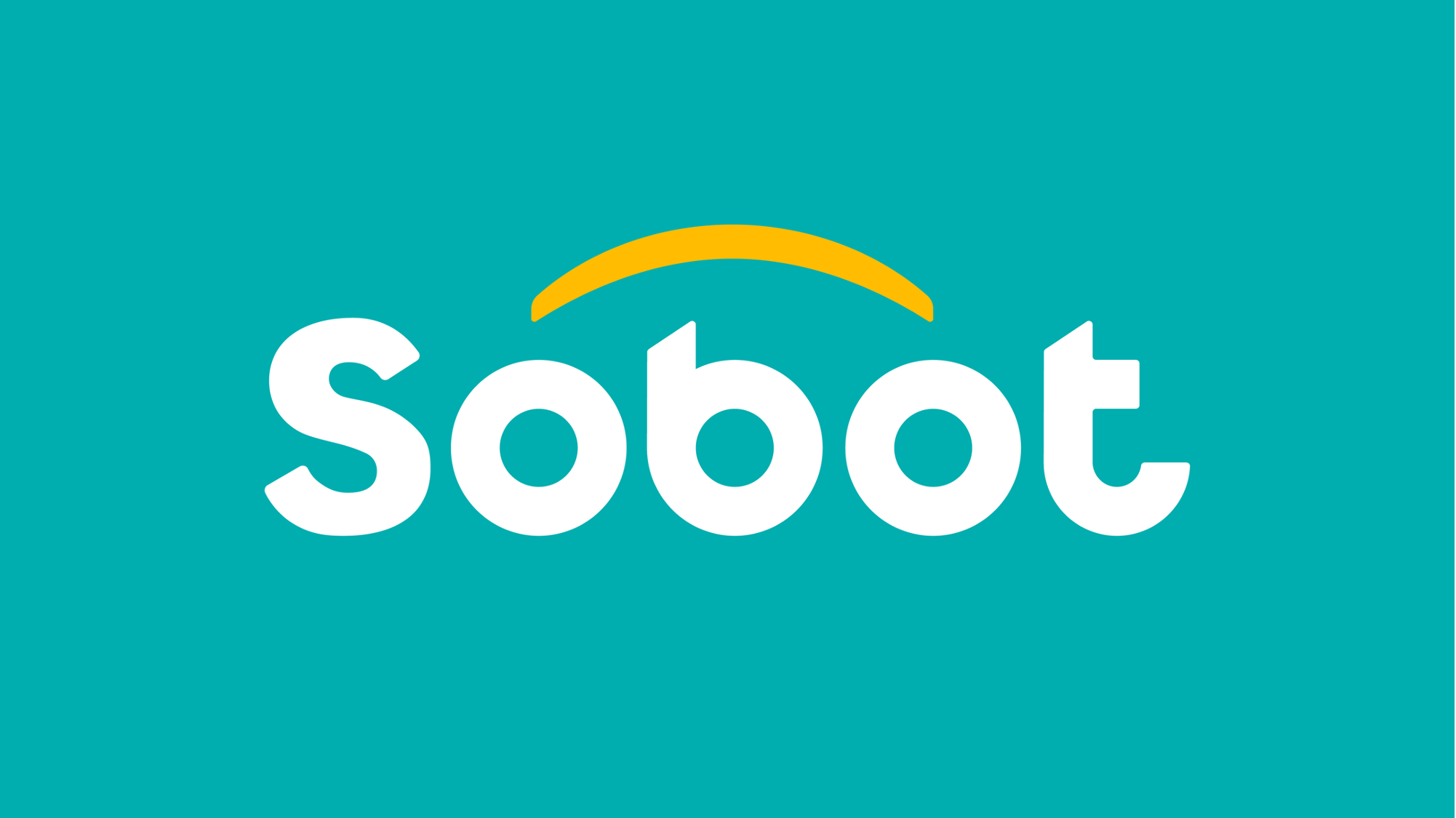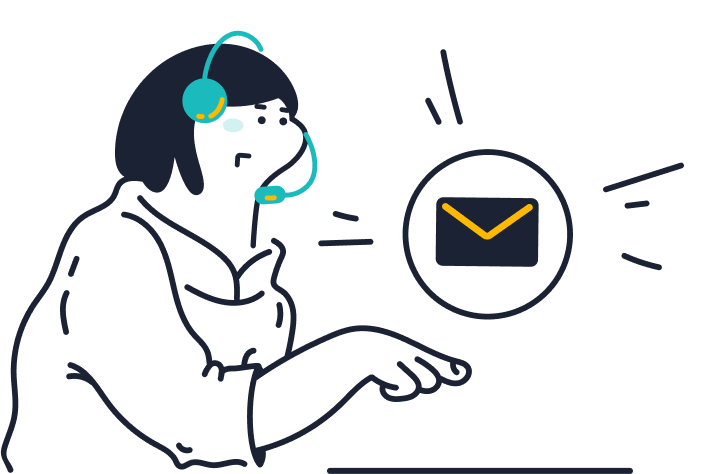Chatbots have become an integral part of modern customer service, marketing, and online interactions. Businesses are increasingly using chatbots to improve engagement, streamline communication, and provide instant support. But how many types of chatbots are there, and what distinguishes each type? In this article, we explore the different types of chatbots, their functions, and why understanding these variations matters for businesses.
Rule-Based Chatbots
Rule-based chatbots, also known as decision-tree chatbots, operate on predefined rules set by developers. These chatbots follow a structured path, responding to specific keywords or commands entered by the user. They are ideal for handling frequently asked questions, simple inquiries, and basic navigation tasks.
For example, a rule-based chatbot on a retail website might guide a user through a series of options: selecting product categories, checking stock availability, or providing store hours. While rule-based chatbots are easy to implement and cost-effective, their limitations lie in their inability to handle complex or unexpected queries.
AI-Powered Chatbots
AI-powered chatbots leverage artificial intelligence, machine learning, and natural language processing (NLP) to understand and respond to user inputs more intelligently. Unlike rule-based bots, AI chatbots can interpret intent, learn from interactions, and improve over time.
These chatbots are particularly effective for customer support, personalized recommendations, and handling complex queries. For instance, an AI chatbot in a banking app can understand nuanced questions like “How can I increase my savings interest rate?” and provide detailed, context-aware answers. Their adaptive nature makes them more versatile but also more resource-intensive to develop and maintain.
Hybrid Chatbots
Hybrid chatbots combine rule-based logic with AI capabilities, providing a balance between structured guidance and intelligent responses. This type of chatbot starts with a rule-based framework but can escalate complex queries to AI processing when necessary.
Businesses often use hybrid chatbots to ensure consistent user experiences while also accommodating more sophisticated queries. For example, a travel booking website might use a hybrid chatbot to guide users through standard booking options and employ AI to suggest customized travel packages based on user preferences.
Voice-Enabled Chatbots
Voice-enabled chatbots, or voice assistants, interact with users through spoken commands instead of text. Popular examples include Amazon Alexa, Google Assistant, and Apple Siri. These chatbots rely on voice recognition technology and natural language understanding to perform tasks such as setting reminders, playing music, or providing information.
Voice-enabled chatbots are increasingly relevant in smart homes, IoT devices, and hands-free applications, offering convenience and accessibility to users on the go.

Conclusion
Understanding how many types of chatbots exist helps businesses choose the right solution for their needs. From rule-based chatbots for basic queries to AI-powered and hybrid bots for advanced support, each type has unique benefits and limitations. Voice-enabled chatbots further expand the possibilities by enabling hands-free interaction.
Choosing the appropriate chatbot type ensures efficient communication, enhanced customer experiences, and improved operational efficiency. As technology evolves, businesses that leverage the right chatbot strategies can stay ahead in customer engagement and digital innovation.


